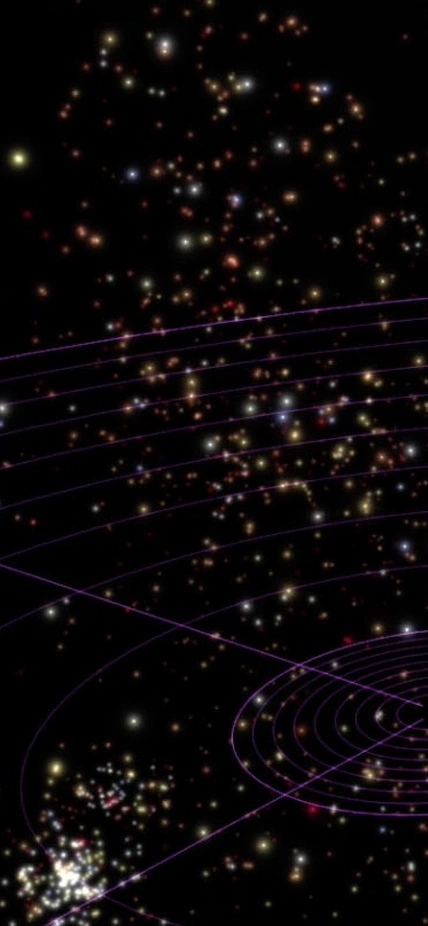Washington, DC—New work from Carnegie’s Jonathan Gagné and the American Museum of Natural History’s Jacqueline Faherty identified nearly a thousand potential members and 31 confirmed members of stellar associations—stars of similar ages and compositions that are drifting together through space—in our own corner of the Milky Way. Their research, published in The Astrophysical Journal, could help astronomers understand the evolution of stars and the properties of future exoplanet discoveries.
“Like a swarm of birds flying together in the sky, the common velocities of stars in an association tell us that us that they are related,” Gagné explained. “This teaches us something about their age and their compositions,”
Thanks to internal similarities between group members and external differences between different groups—particularly when it comes to member ages—astronomers can use stellar associations to glean information about the history of star formation in our corner of the Milky Way. These stars’ ages vary from a few million to a billion years old, depending on the group, a range that offers astronomers a sweeping view of stellar evolution among our neighbors.
Gagné and Faherty combed through data from the European Space Agency’s three-dimensional mapping mission of our galaxy, Gaia, which was released earlier this year, to discover this goldmine of confirmed and potential group members.
“Our sample is mostly comprised of stars called red dwarfs, which are smaller than our Sun and relatively cool,” Gagné said. “Because of their size, they can be difficult to observe, although we know that they are extremely common in the galaxy, which is why the Gaia data is such a great windfall.”
What they learn about these stars could also inform astronomers’ understanding of planets or planet-like objects found within their associations by upcoming space-based missions.
“If future missions like NASA’s Transiting Exoplanet Survey Satellite, or TESS, are able to find exoplanets orbiting our stellar neighbors, the information we’ve gathered about their ages based on their membership in one of these associations will be able to teach us a great deal about what planetary system evolution looks like at different points in time,” added Faherty, who is a Carnegie alumna.
In addition to the bonanza of red dwarf members of neighboring stellar associations, Gagné and Faherty discovered 111 brown dwarfs that are part of these local associations. Brown dwarfs are sometimes called failed stars or super Jupiters. They’re smaller than stars—too small to sustain the hydrogen fusion process—but more massive than giant planets. As such, they provide a natural link between astronomy and planetary science and are of great interest to scientists.
Video Caption: Visualization rendered by Dan Tell from the California Academy of Sciences using SCISS Uniview software and directed/written by Jackie Faherty from the American Museum of Natural History.
__________________
This work made use of: the SIMBAD database and VIZIER catalog access tool, operated at the Centre de Données astronomiques de Strasbourg, France; data products from the Two Micron All Sky Survey, which is a joint project of the University of Massachusetts and the Infrared Processing and Analysis Center, funded by NASA and the NSF; data products from the Wide-field Infrared Survey Explorer, which is ajoint project of the University of California, Los Angeles and the jet Propulsion Laboratory/Caltech, funded by NASA. The Digitized Sky Surveys were produced at the Space Telescope Science Institute. The images of these surveys are based on photographic data obtained using the Oschin Schmidt Telescope on Palmoar Mountain and the UK Schmidt Telescope. The second Palomar Observatory Sky Survey was made by Caltech with funds from the NSF, the National Geographic Foundation, the Samuel Oschin Foundation, and the Eastman Kodak Corporation. The Oschin Schmidt Telescope is operated by Caltech and Palomar Observatory. This work presents results from the European Space agency mission Gaia. Gaia data are being processed by the Data Processing and Analysis Consortium, funding for which is provided by national institutions, in particular the institutions participating in the Gaia Multilateral Agreement.
